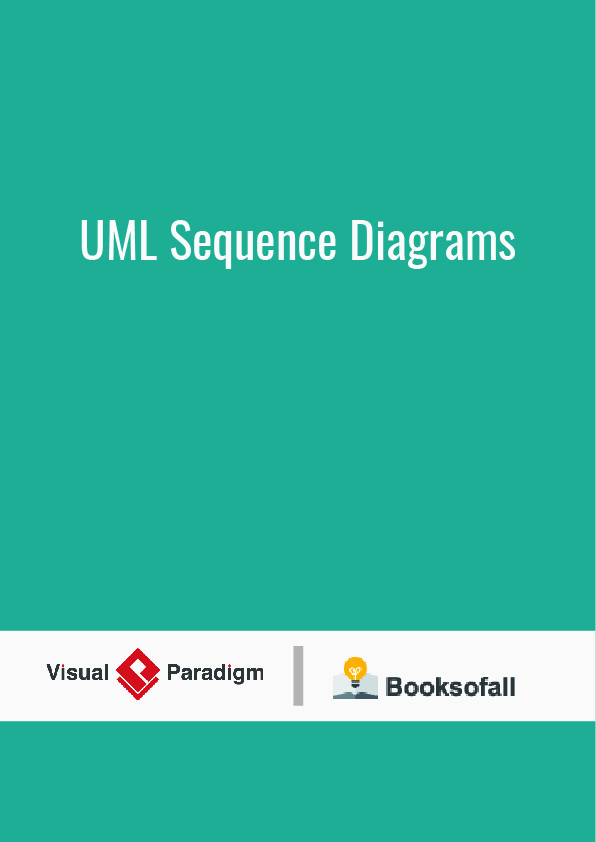Use case
In software and systems engineering, the phrase use case is a polyseme with two senses:
- A usage scenario for a piece of software; often used in the plural to suggest situations where a piece of software may be useful.
- A potential scenario in which a system receives an external request (such as user input) and responds to it.
This article discusses the latter sense.
A use case is a list of actions or event steps typically defining the interactions between a role (known in the Unified Modeling Language (UML) as an actor) and a system to achieve a goal. The actor can be a human or other external system. In systems engineering, use cases are used at a higher level than within software engineering, often representing missions or stakeholder goals. The detailed requirements may then be captured in the Systems Modeling Language (SysML) or as contractual statements.
What is a Use Case (more or less)?
A use case captures a contract between the stakeholders of a system about its behavior. The use case describes the system’s behavior under various conditions as it responds to a request from one of the stakeholders, called the primary actor. The primary actor initiates an interaction with the system to accomplish some goal. The system responds, protecting the interests of all the stakeholders. Different sequences of behavior, or scenarios, can unfold, depending on the particular requests made and conditions surrounding the requests. The use case collects together those different scenarios.
Use cases are fundamentally a text form, although they can be written using flow charts, sequence charts, Petri nets, or programming languages. Under normal circumstances, they serve to communicate from one person to another, often to people with no special training. Simple text is, therefore, usually the best choice.
The use case, as a form of writing, can be put into service to stimulate discussion within a team about an upcoming system. They might later use the use case form to document the actual requirements. Another team might later document the final design with the same use case form. They might do this for a system as large as an entire company, or as small as a piece of a software application program. What is interesting is that the same basic rules of writing apply to all these different situations, even though the people will write with different amounts of rigor, at different levels of technical detail.
When the use cases document an organization’s business processes, the system under discussion is the organization itself. The stakeholders are the company shareholders, customers, vendors, and government regulatory agencies. The primary actors will include the company’s customers and perhaps their suppliers.
When the use cases record behavioral requirements for a piece of software, the system under discussion is the computer program. The stakeholders are the people who use the program, the company owning it, government regulatory agencies, and other computer programs. The primary actor will be the user sitting at the computer screen or another computer system.











